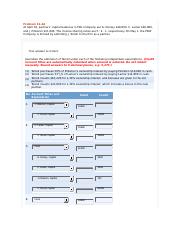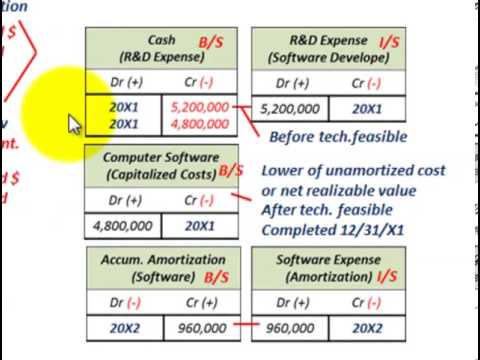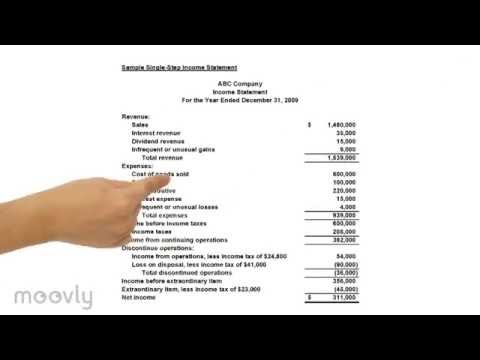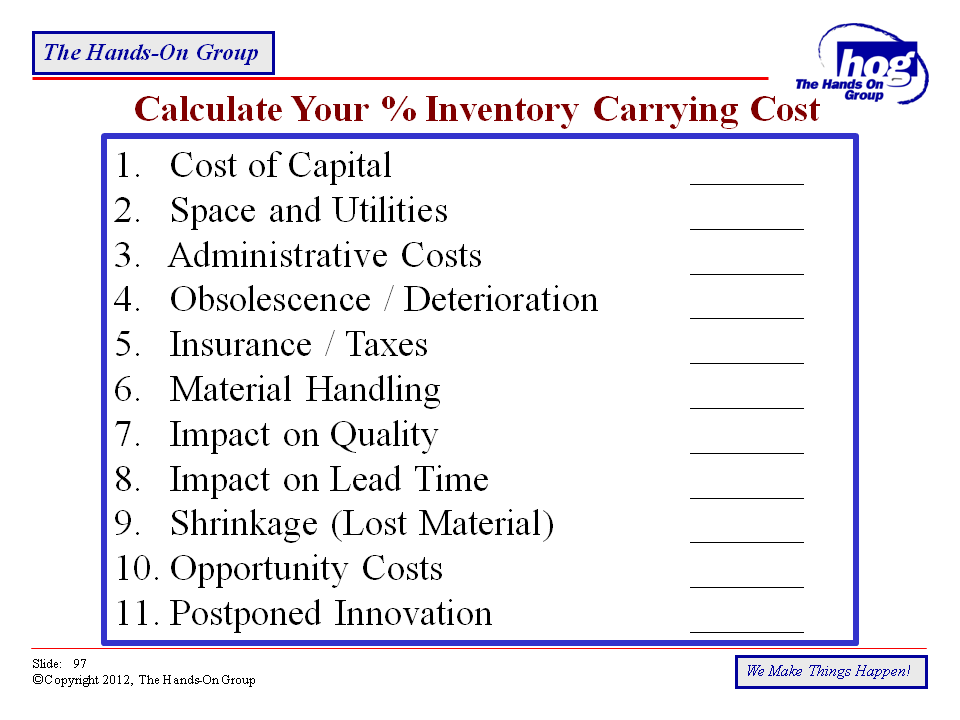
If he knows that P wants to work only enough to produce 5 fish, then he sets the income tax rate at 20 percent. A true consumption tax would tax the imputed rental value of the home (which could be determined in the same way that valuation occurs for property tax purposes) but not the increase in the asset value (the home). Andrews proposes to ignore https://www.accountingcoaching.online/amortization-accountingtools-2/ this method of taxing imputed rental values because of its complexity. In the United States, home ownership is subsidized by the federal government by permitting limited deductions for mortgage interest expense and capital gains. Therefore, treating renters and homeowners identically under such a consumption tax may not be feasible there.
TCJA Family Provisions Offer Template for Tax Reform in 2025
In addition to discouraging decisions to work, save, and invest, complying with existing income tax rules is very costly. Bird also notes that while administration of the tax is considered good compared to other countries, the administrative problems that are encountered are most prominently due to tax design rather than management. In particular, decisions to narrow the base and provide complex rebates increase the administrative costs of the tax, offering another lesson to U.S. policymakers of the importance of a broad, simple tax base. International experiences with VATs, varied as they may be, all point to the lesson of maintaining as broad a consumption tax base as possible with a single standard rate, and using direct policy means to achieve other goals. Further, specific experiences with VAT implementation can be instructive on other aspects of adopting a consumption tax. An income tax thus places a higher percentage tax burden on future consumption than current consumption by reducing the after-tax return to saving.
Types of Consumption Taxes

Rates can vary significantly, with some countries charging less than 5% and others over 25%. On the other hand, opponents maintain that a consumption tax adversely affects the poor who, by necessity, the issuance of notes and bonds spend more of their income. They state that since a consumption tax is a form of a regressive tax, the wealthy population consumes a smaller fraction of their income than do poorer households.
Carbon Taxes in Europe, 2024
Similarly, use taxes may apply if you made a purchase while visiting a different state and paid a lower sales tax or no sales tax. Sales taxes are a flat-rate tax—a set percentage of the purchase amount—that many people in the U.S. are already familiar with and pay. Read on to learn about the types of consumption taxes and how they work. Many countries, including many European countries, have a consumption tax.

The average monthly premium for a plan for a 21-year-old, purchased through the Healthcare.gov Marketplace, is $376 in 2024, increasing to $1,559 for a family of four. If T knows P’s utility function, then he can set a tax rate instead of a lump-sum tax of one fish. If he knows that P wants to produce and consume 5 fish net of tax, then he sets the income tax rate at 16.67 percent.
- This is in contrast to the old regime, where taxpayers can claim deductions for specific investments and exemptions like house rent allowance and leave travel allowance.
- You can basically say you could have transition rules that would try to protect old people, that would try to protect businesses that have made investments under the old rules that could be harmed under the new system, it would be tremendously expensive.
- The FairTax Act would eliminate most current federal taxes in favor of a 23% federal sales tax.
So if you move the tax from income to consumption, you’re raising the relative burden on low savers, which are low and moderate income households, so almost any revenue neutral shift from the income tax to a consumption tax will be regressive in that manner. There are ways, there are conceptual ways to do it that doesn’t add burdens to low and middle income households, but I don’t think that they would actually happen. The FairTax Act would eliminate most current federal taxes in favor of a 23% federal sales tax. HR25 would abolish the IRS as well as individual and corporate taxes, payroll taxes, estate taxes and capital gains. Tax experts warn it would mostly benefit the wealthy, who would see major tax cuts, CBS reported.
Taxes can be structured in many different ways with varying economic, administrative, and compliance costs. We find a consumption tax reform would reduce the economic, administrative, and compliance costs of the U.S. tax system, leading to increases in employment, wages, output, and incomes while improving the long-term well-being of American families and children. The sales tax is usually ad valorem, that is, it is calculated by applying a percentage rate to the taxable price of a sale. Although there is a sales tax in the U.S., it is a form of state tax, not a federal tax. In addition, state sales taxes exempt all sorts of spending, such as food, health, and housing. Countries that have implemented the sales tax as a federal consumption tax, tax almost all consumption.

By grasping these fundamental aspects of taxation, you can make informed decisions regarding your financial planning, budgeting, and spending habits. While income tax targets your earnings, consumption tax takes into account your spending habits. Some believe that consumption tax is fairer as it puts the onus of taxation on those who choose to spend more.
You can basically say you could have transition rules that would try to protect old people, that would try to protect businesses that have made investments under the old rules that could be harmed under the new system, it would be tremendously expensive. Families at different income levels would experience different changes in their net benefits under the proposed reforms. For example, under current law, a single parent with $5,000 in income and one child dependent would qualify for nearly $2,100 of tax credits. The same family would qualify for $2,625 under the proposed reform, without facing the complexities of the current tax credit system. Families with no incomes would newly qualify for full benefits under the reform, whereas currently they receive none. The Australian experience demonstrates the short-lived impact on prices, consumer spending, retail sales, and the overall economy when transitioning to a consumption tax.
The NZE Scenario sees a major rebalancing of investments in fuel supply, away from fossil fuels and towards low-emissions fuels, such as bioenergy and low-emissions hydrogen, as well as CCUS. Today’s investment trends are not aligned with the levels necessary for the world to have a chance of limiting global warming to 1.5°C above pre-industrial levels and to achieve the interim goals agreed at COP28. The current momentum behind renewable power is impressive, and if the current spending trend continues, it would cover approximately two-thirds of the total investment needed to triple renewable capacity by 2030. But an extra USD 500 billion per year is required in the IEA’s Net Zero Emissions by 2050 Scenario (NZE Scenario) to fill the gap completely (including spending for grids and battery storage). This equates to a doubling of current annual spending on renewable power generation, grids, and storage in 2030, in order to triple renewable capacity. Power sector investment in solar photovoltaic (PV) technology is projected to exceed USD 500 billion in 2024, surpassing all other generation sources combined.
This debt was provided in hard currency or in the currency of donors, with almost no local-currency financing being reported. Generally, consumption taxes are an economically efficient way of raising tax revenue. Compared to other tax revenue sources, consumption tax revenue as a share of GDP tends to be relatively stable over time, even during economic downturns. A consumption tax system would shift the time of collection from when money is earned to when money is spent.
The provinces have the same allowable deductions and income rules as the federal system. I’ve made T’s taxation a given amount, one fish, and then showed at what rates T can get what he wants. The idea is that this represents a fixed amount of government spending. T will take and eat that one fish, and he wants to set either an income tax or a consumption tax that achieves that result. This is simultaneously a tax on P’s leisure, since labor time takes away from leisure time.
Assume that P consumes all 5 fish a day prior to the appearance and taxation of T. P’s income is 5 fish a day at each of two periods and his consumption is also 5 fish a day. Also, a consumption tax could utilize progressive rates in order to maintain “fairness”. Value added tax is a consumption based tax https://www.quick-bookkeeping.net/ and is levied each and every time the value of a good gets increased in the process of manufacturing to the point of sale. A simple value-added tax is proportional to consumption but is regressive on income at higher income levels, as consumption tends to fall as a percentage of income as income rises.
Consumption taxes do not tax savings, which allows invested assets to accumulate untaxed. If, in the absence of taxes, one dollar of savings is put aside for retirement at nine percent compound interest, the balance grows to $7.91 after twenty-four years. Alternatively, by assuming a thirty-three percent tax rate, the same dollar is reduced to about sixty-seven cents after taxes when earned. The effective interest rate, thereafter, is reduced to six percent, since the rest of the yield is paid in taxes. In a world dominated by taxation, understanding the different types of taxes is vital. While income tax may be the most well-known, consumption tax plays a crucial role in many countries’ revenue systems.
Similarly, you might not have to pay use taxes on purchases that are exempt from sales tax. And countries that have a VAT might have lower rates or exemptions for necessities or purchases they want to encourage, such as food, transportation and books. Use taxes are generally state taxes that apply to the purchase, use or storage of products and services that are subject to sales tax but that you didn’t pay sales tax on. However, it does impose a federal excise tax when certain types of goods and services are purchased, such as gas, airline tickets, alcohol, and cigarettes. Most European countries and Canada have a consumption tax system in the form of VATs, or value-added taxes.





